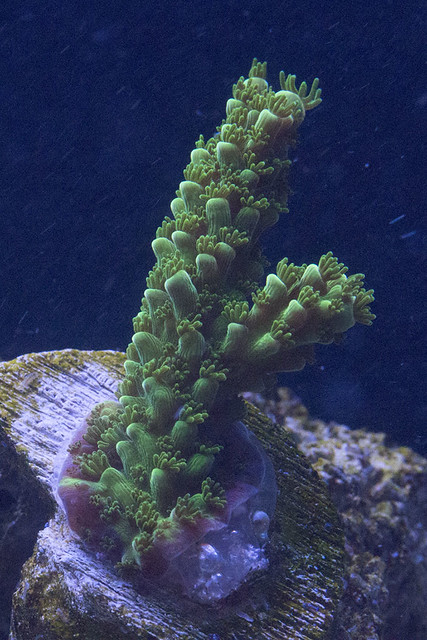Wiskey
New member
Hello all!
I know that you need allot more blue light than white light to make the PAR numbers equal, but let's say that you have 2 sides to your tank. One side used all white T5 bulbs, and the other used all Blue Plus. If you had enough T5 bulbs on the blue side so that the par was equal, would the Acros grow at the same rate on both sides?
Thank you!
Whiskey
I know that you need allot more blue light than white light to make the PAR numbers equal, but let's say that you have 2 sides to your tank. One side used all white T5 bulbs, and the other used all Blue Plus. If you had enough T5 bulbs on the blue side so that the par was equal, would the Acros grow at the same rate on both sides?
Thank you!
Whiskey




